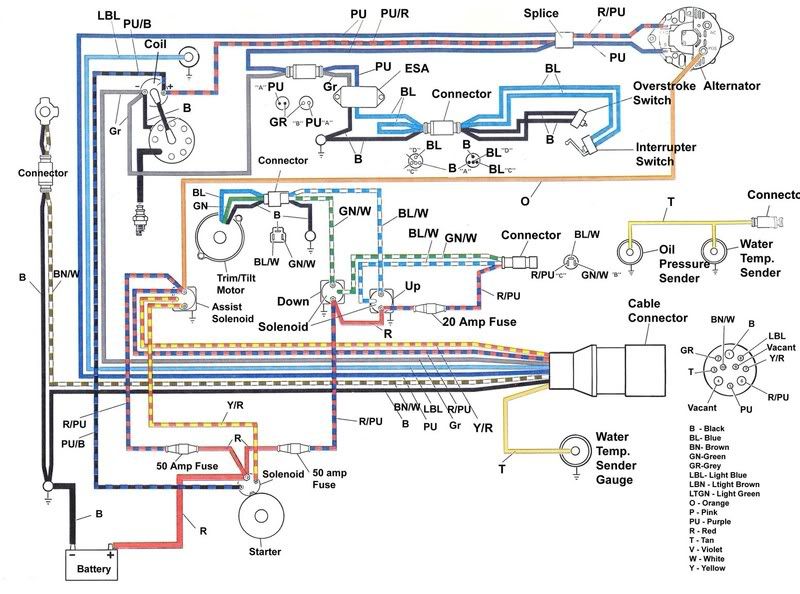Hi all.
I have a '88 Capri with the OMC 3.0 engine in it.
This weekend im planning to convert to a Petronix II electronic ignition.
I'm also using a Flame Thrower II coil.
My old coil tells me that it have to work with a external resistor.
The manual of the new coils saids that if it will be used with petronix II ingnition, the external resistor may not be used.
OMC is not making use of resistor, but they used a resistor wire :

It is the red purple wire, running from the positive side of the coil to the alternator.
Is this one easy to replace ?
What kind of wire do i have to use ?
I have a '88 Capri with the OMC 3.0 engine in it.
This weekend im planning to convert to a Petronix II electronic ignition.
I'm also using a Flame Thrower II coil.
My old coil tells me that it have to work with a external resistor.
The manual of the new coils saids that if it will be used with petronix II ingnition, the external resistor may not be used.
OMC is not making use of resistor, but they used a resistor wire :

It is the red purple wire, running from the positive side of the coil to the alternator.
Is this one easy to replace ?
What kind of wire do i have to use ?



















